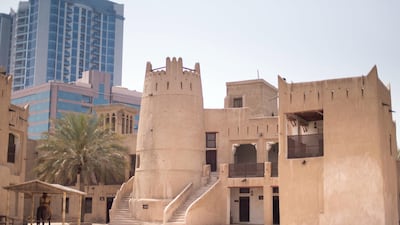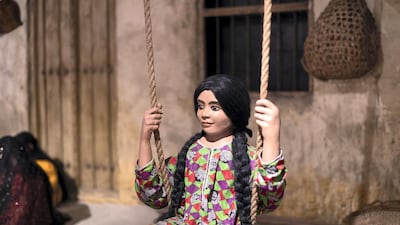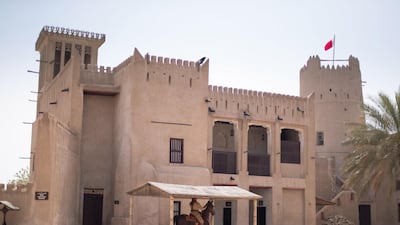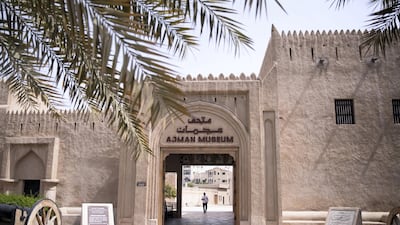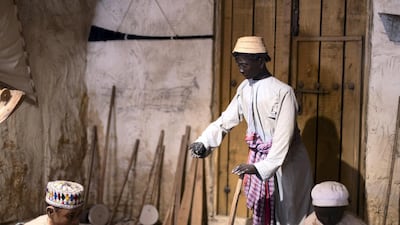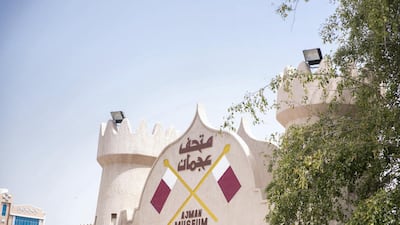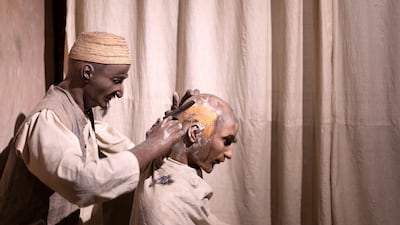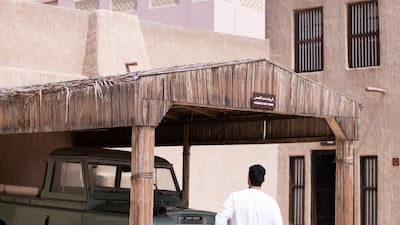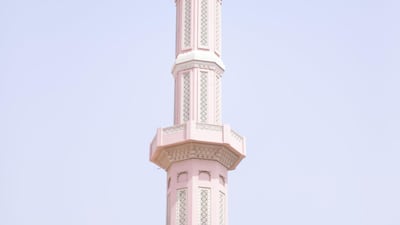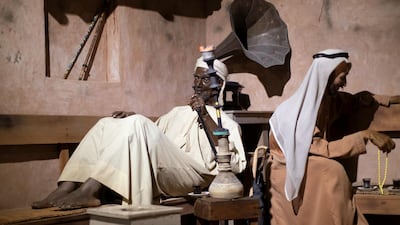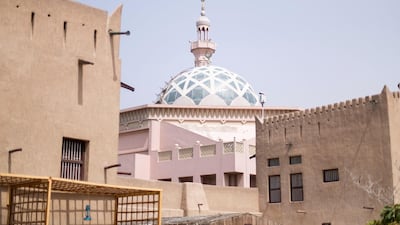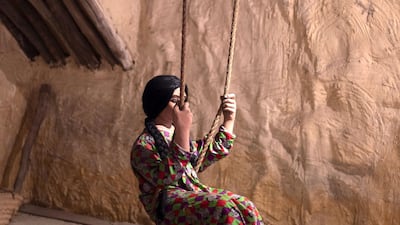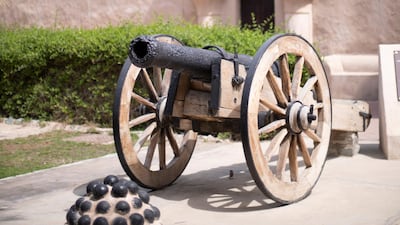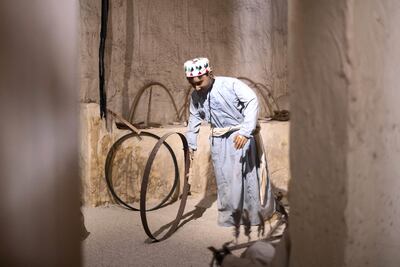Before the Ajman Museum came to be in 1981, the building and its surrounding complex shuffled through a series of identities and uses.
Built as a fort in the 18th-century, it became the residence of Ajman’s then-ruler, the late Sheikh Rashid Bin Humaid Al Nuaimi and his family until 1970, when it was converted into the emirate’s police headquarters until 1978.
Today, it stands as one of the UAE’s oldest functional buildings, located in the city’s Al Bustan area. Its traditional architecture reveals much of the country’s early use of building materials, specifically coral stone and gypsum, and the ingenious barjeels, or wind towers, show how residents coped with the desert heat.
Inside, the museum houses a variety of exhibits featuring archaeological relics, including clay jars and funeral jewellery dating back to 3000 BC, along with elements from Bedouin life such as pearling and fishing tools.
A series of dioramas take visitors back in time, depicting everyday life – marketplaces, weddings, and craftsmen at work.
One of the museum’s highlights can be found right after the entrance (where visitors are greeted by two canons) – and that is the site of Ajman’s earliest human settlement. This discovery was made serendipitously in 1986; workers were excavating the earth for some construction work and found shards of pottery, beads, copper and other artefacts that were found to be of Ajman’s Bronze Age, or around 2500 BC.

